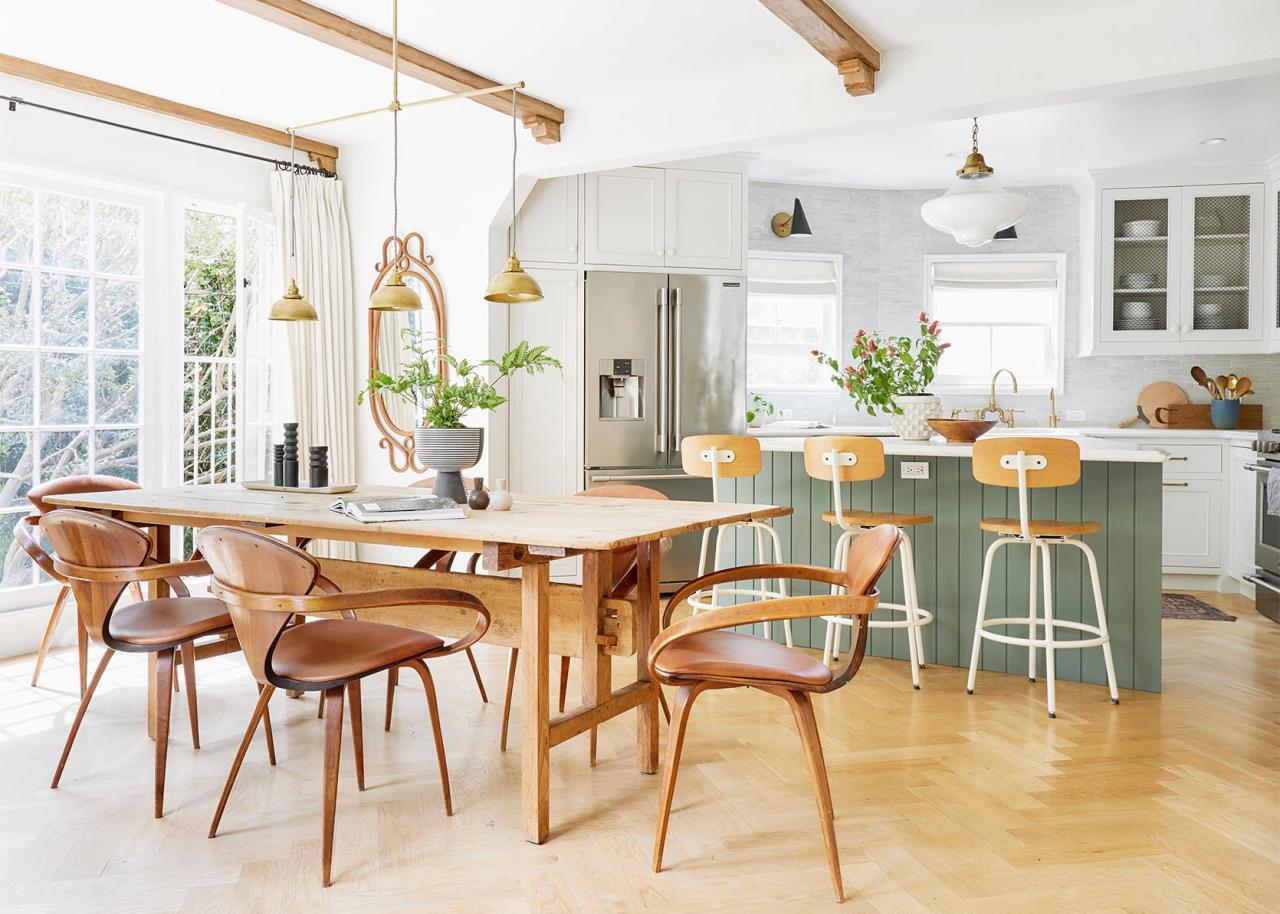 Brian is unable to understand the differences between two photos or two molding profiles. Brian knows not to mention how similar they look (because they’re not), but sometimes it’s hard to keep from laughing because they’re so close and I spend so much time worrying about which one is “right”. You’ve all said the same thing – I am clearly going crazy during the design process, and I need to “calm myself down,” “take some time back,” etc. It’s true! There are reasons for why I’m losing it. I won’t apologize. Let’s get into the details today. WHY is it that we have such a hard time designing our homes?
Brian is unable to understand the differences between two photos or two molding profiles. Brian knows not to mention how similar they look (because they’re not), but sometimes it’s hard to keep from laughing because they’re so close and I spend so much time worrying about which one is “right”. You’ve all said the same thing – I am clearly going crazy during the design process, and I need to “calm myself down,” “take some time back,” etc. It’s true! There are reasons for why I’m losing it. I won’t apologize. Let’s get into the details today. WHY is it that we have such a hard time designing our homes?
What got me thinking (again )…) about this was that we started a project recently, a kitchen renovation I am excited to share with all of you. Sarah, who was my assistant the year before and went to design school, became the project manager for the partnership. Granted this is not a full kitchen remodel – it was meant to be fast, affordable, and not move any plumbing, electrical, or walls, but I kid you not – we made all the design decisions in 3-4 hours together (and then of course probably 40 hours in renderings/logistics/coordination/ordering, not including execution, project management, etc). The design is amazing and I am so happy with it. It feels beautiful and fresh. It’s going look great because we chose the paint color, wallpaper, hardware, shelving style and other details so quickly. It made me wonder, why does it take me so long to design my rooms? Why do I have to spend so much time on my own kitchen when I can design another person’s so quickly? (And again, the kitchen will be unique and special). I know I am not the only one.
We have to live inside of it – including our mistakes/regrets
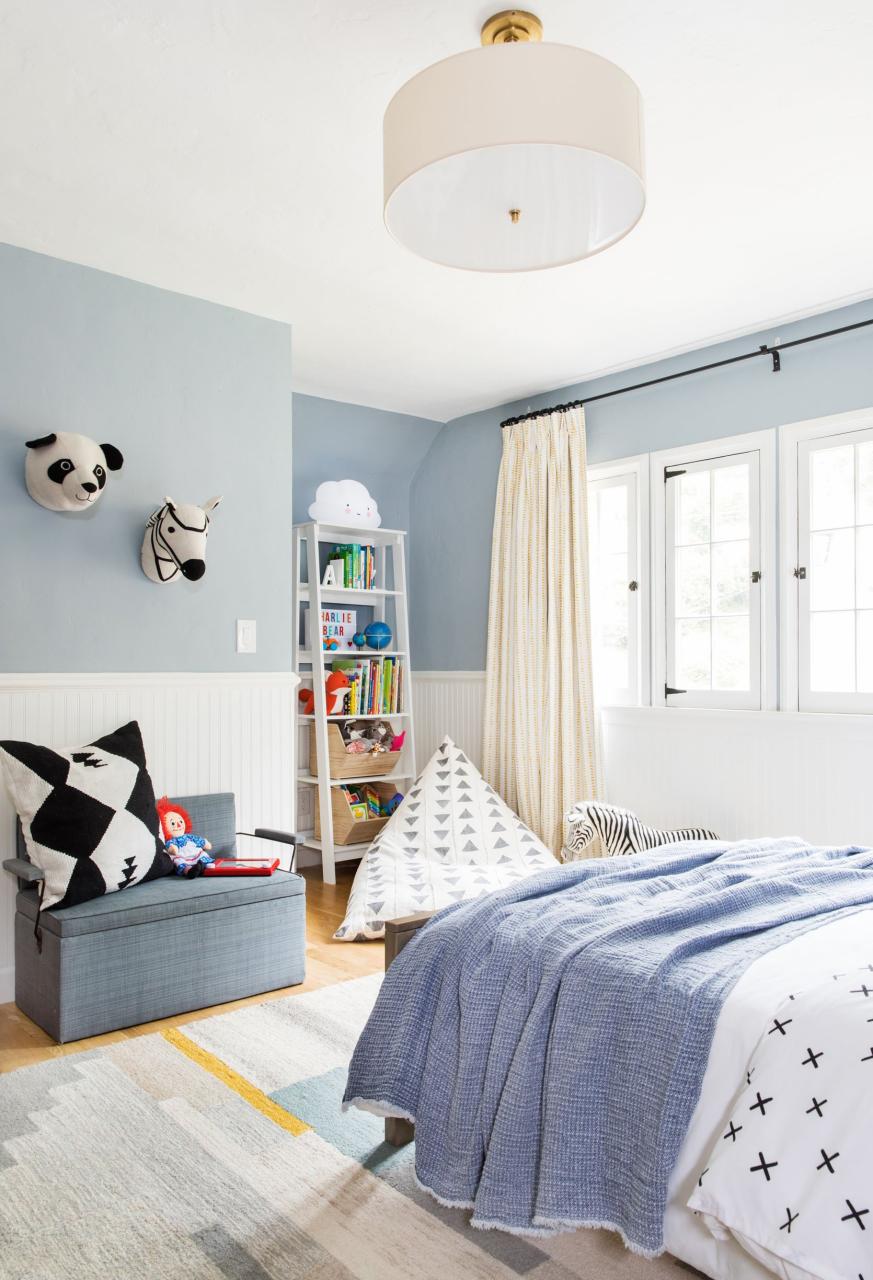
Imagine telling a musician that they could only listen to the latest album or telling a chef they can only use their most recent cookbook. What if filmmakers were only allowed to watch their own movies over and over again in their homes? Not only is it important to have your work on display, but it’s also important to be surrounded by it every day. It’s an art, it’s a creative form, it is similar to many other things, but it is different because as a designer/homeowner, you will have to inhabit it every day for years. With the soft finishes, I don’t obsess too much, but I do with the hard ones. Do I really want to look at my regrets for the rest of my life? Do I want to be sick of seeing something I’ve spent a lot on? Do musicians want to hear an off-key song? Do athletes want to see a losing free-throw over and over again? NO. We might change or get over this feeling (and we have), but it is best to avoid it in the first instance. To do this, you must OBSESS about every detail. From a distance, watching someone obsess over details can make them seem crazy and cause people to roll their eyes. Like all creative careers, this is their art, their creativity and their job.
We get sick of things/trends faster
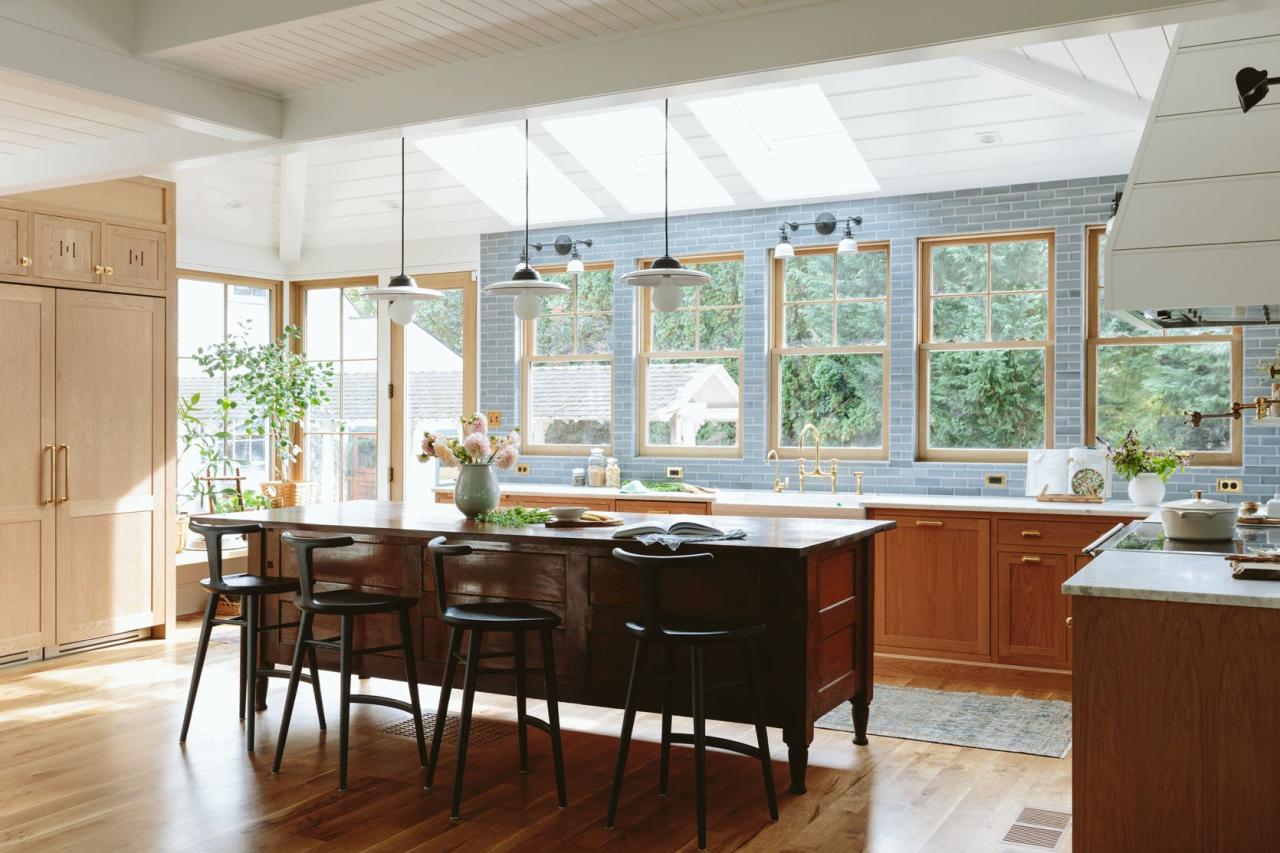
As designers/stylists/content creators, we see so much design both in person and on the internet that it’s easy to get sick of things faster (at least I do). It’s easy to get sick of a trend when it explodes, becomes popular everywhere and is no longer new. It’s the same with patterns and colors – it can be difficult to commit to something bold, but it is easier to play it safe. This makes me more cautious to make sure that I won’t be saying, “Well I can’t see that anymore” in two years. It’s because of this that I tend to be a little more conservative with my home and the permanent finishes. I may not do so in other homes (especially if I am designing for someone who wants something bolder). I don’t like to see a room and think “That’s so 2022”. It’s why I like trends in furniture/decor. There is nothing wrong with them and everyone is susceptible to them. But I am much more cautious with flooring, tile and plumbing.
We want to (and are expected to) take risks and do something new, but it also needs to function well because we use it every day.
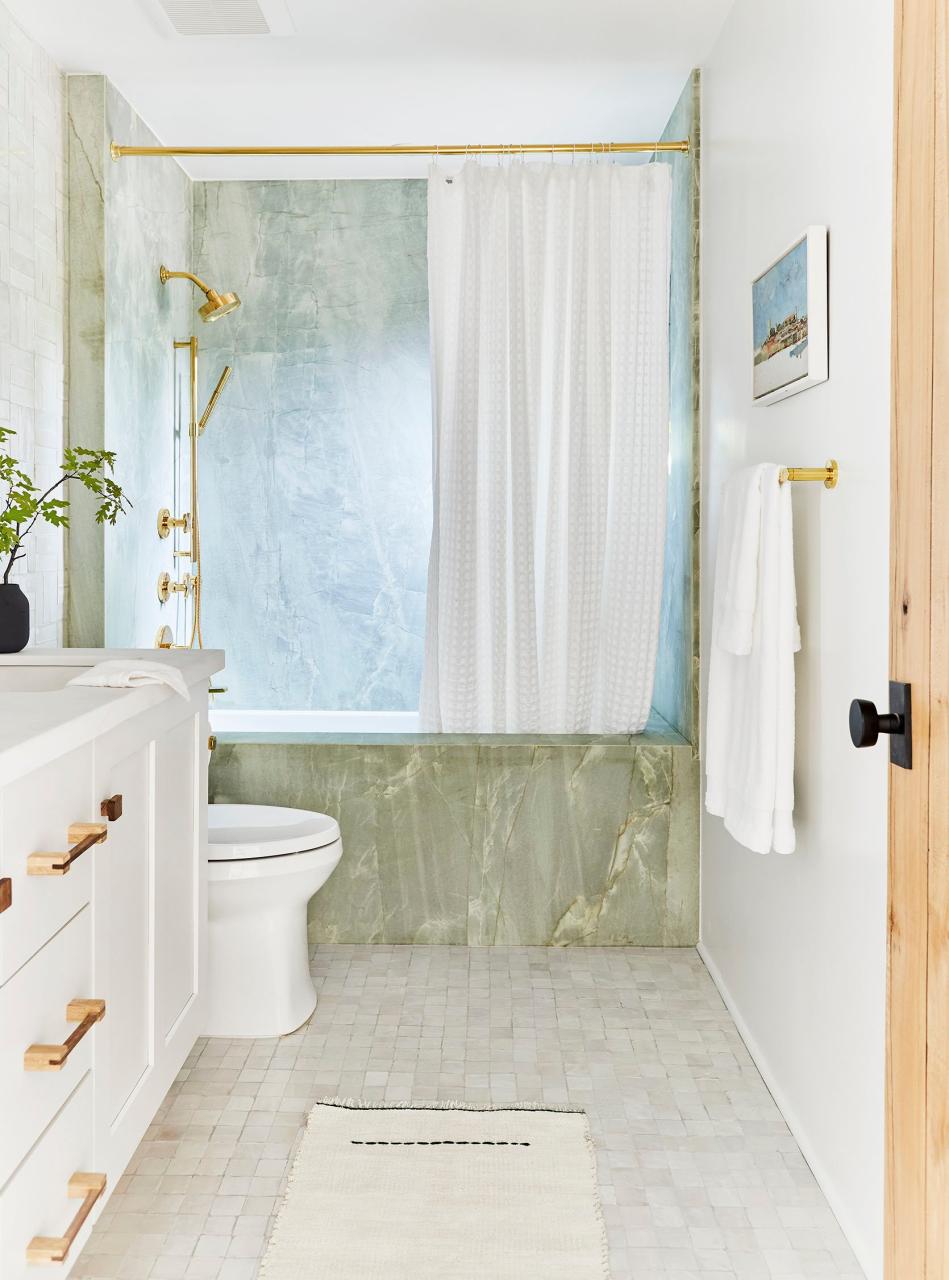
Many designers are drawn to the design of hotels and restaurants because they need to be “of-the-moment” and provide a temporary space for a certain type of enjoyment. The table may be too high to fit the chair or the hotel room may not have enough storage. The fun part is that you have more freedom to be creative because it’s a once-off experience. You can do something “now” rather than timeless. This is what is expected when a hotel or restaurant opens. It’s harder to do this because it is our home, and we have children/pets. This is the perfect opportunity to be creative and innovative. In some cases, I think I’ve done this (our sunroom tile, the wall in our bathroom for kids, and the vanity wall), but in general, I’d say it’s timeless, beautiful, and not full of big design changes. The line between boring and generic is thin, and I came close to crossing it several times during the design phase. My budget and my partnerships allowed me to invest in more expensive tile installations (for our sunroom and bathroom floor), but most designers do not have the same budget as their clients. It’s a high-end service, and it’s unlikely that an interior designer would have a million dollars for their home remodel. You have to be creative to take more risks. It’s a fun challenge but also you need to consider what happens if the risks do not work out for your family. I’d been collecting vintage plaids over the past two years and had about 30 yards of them. It seemed like a great idea to make a patchworked sectional out of them, but I realized that the fabric was old and worn, and would tear easily. The risk would be too high (10k for a custom sectional made with my plaid upholstery). Not to mention, I’d have to use up all of my irreplaceable vintage plaids. It was perfect for photos, but not for the dogs or kids. I would have had to apologize to them for it. It’s all good – great challenges, but you end up spending a lot of your time worrying about the little things.
The expectations of a designer’s home are extremely high
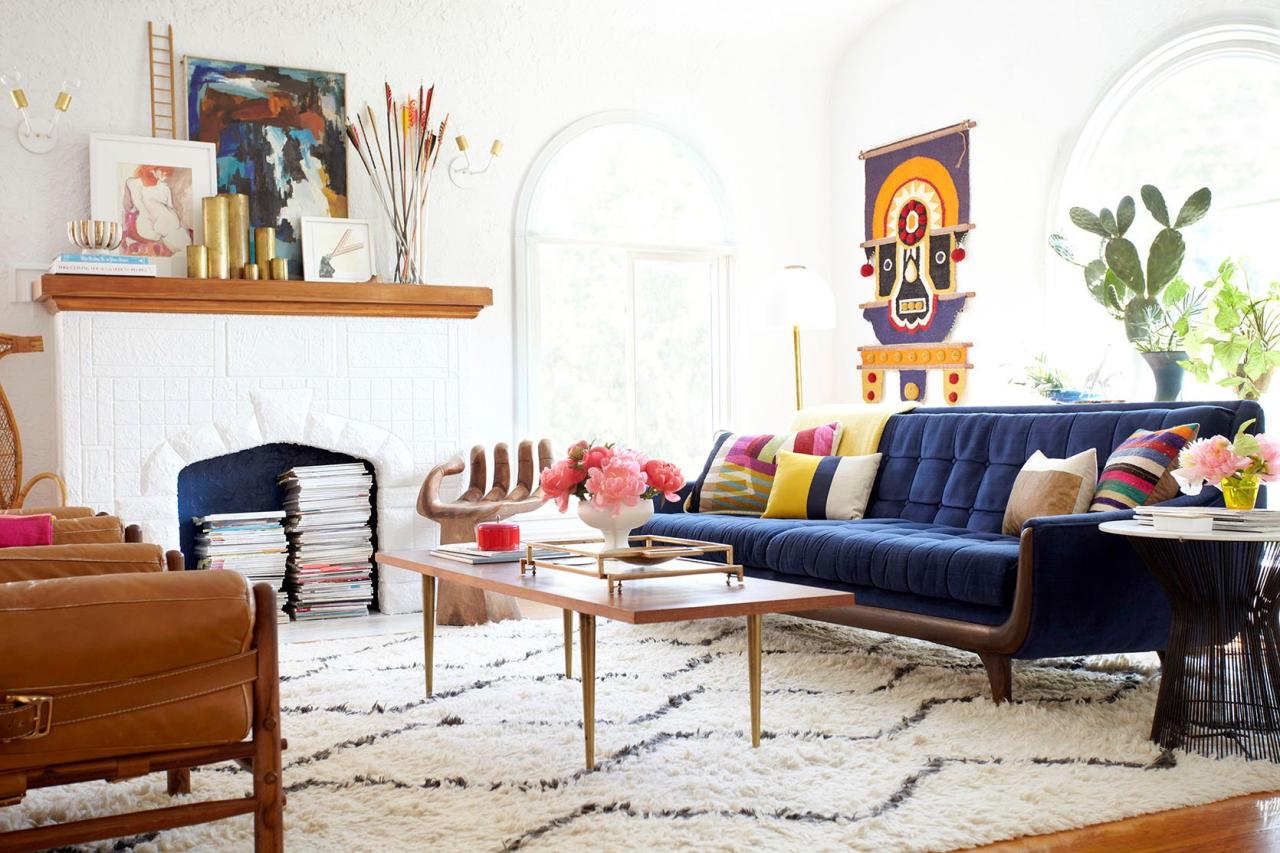
In 2011, when I was a design TV star but had very little money, I invited a few new friends to our apartment. They were from a more prosperous class in Hollywood. They knew that I’d won DesignStar, and I was a winner. I saw their disappointment and confusion when they walked into our apartment. I lived in a one-bedroom apartment in Los Feliz Boulevard, and the majority of my furniture was either vintage or IKEA. I was not embarrassed at all before this moment. I loved my stuff and it worked well. Then one of them said “Oh, I see. You are just like the thrift-store girl”. The girls weren’t being snarky but rather understood. Because they didn’t know the difference between “used” and good vintage, to them it just looked fun. This was something I remember well, and it did not make me feel great (they were not dicks but just surprised). It was so obvious that the disappointment I felt when they expected me to have a designer-style home with all of its bells and whistles wasn’t what it seemed. I wondered if I could ever live up to the expectations of future guests. They will tell you that they don’t mind if your house is a mess. Of course, people will say that they won’t be judging but everyone is. It’s not because people are a**holes but it is human nature. You expect a great meal when you go to a dinner at the home of a celebrity chef, even if they are just having a barbecue. This is just a part of life when you have a job. It’s okay, really! It does increase the pressure, and I believe it makes us all more agoraphobic. Once the building is finished, we are thinking about holding fundraisers to benefit our school (such as an outdoor movie night). Already I am anxious about it. This house is very beautiful, and I know that intellectually. Even though I have a beautiful house, opening it up to so many people makes me feel vulnerable. Their judgments will be made and gossip will follow. It’s easier to do it online, but when I make a mistake, it will be a huge gossip storm. That’s fine, but pretending it doesn’t increase pressure is false.
It’s a representation of our creativity and skills -AKA it’s a LIVING Resume for future work
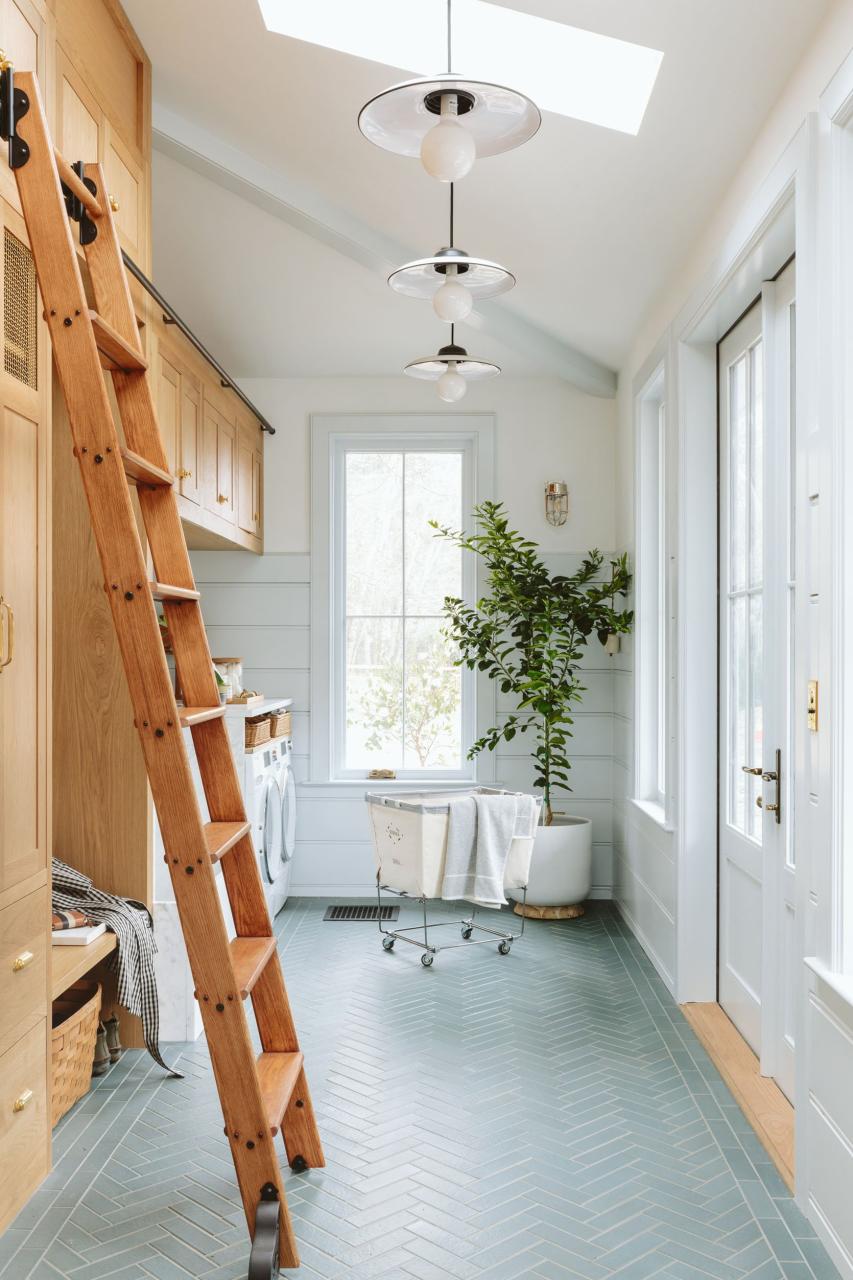
It’s not just about the fear factor, but also our livelihood. When it comes to the design of our homes, there’s a feeling that there are no excuses. You can excuse a client’s bad choice by saying, “Well, they really wanted that weird color but I tried persuading them against it”, or “They had this sofa and I was forced into the design”. When the designer is also the client, then you have creative freedom. You do not always have budget freedom (which is yet another misconception). Your home can be your creative laboratory, and each room represents a song from your debut studio record (I’ve just finished watching Daisy Jones and The Six and reading Daisy Jones, FYI; hence the band analogy). Since we do not currently work with clients outside of partnership, I feel that this home MUST perform well for partners to ensure the future of the business. To make the skylights stand out, I will panel the ceilings. The furniture must be displayed in an architecturally appealing space that has excellent natural lighting, so I will add a new window. You can’t place a partner product in a mediocre setting (at least at this level), or you’ll disappoint them. The world will also see it, and you’ll lose future clients/partners. You have to invest more money to create environments that will make your home and portfolio sing on many levels.
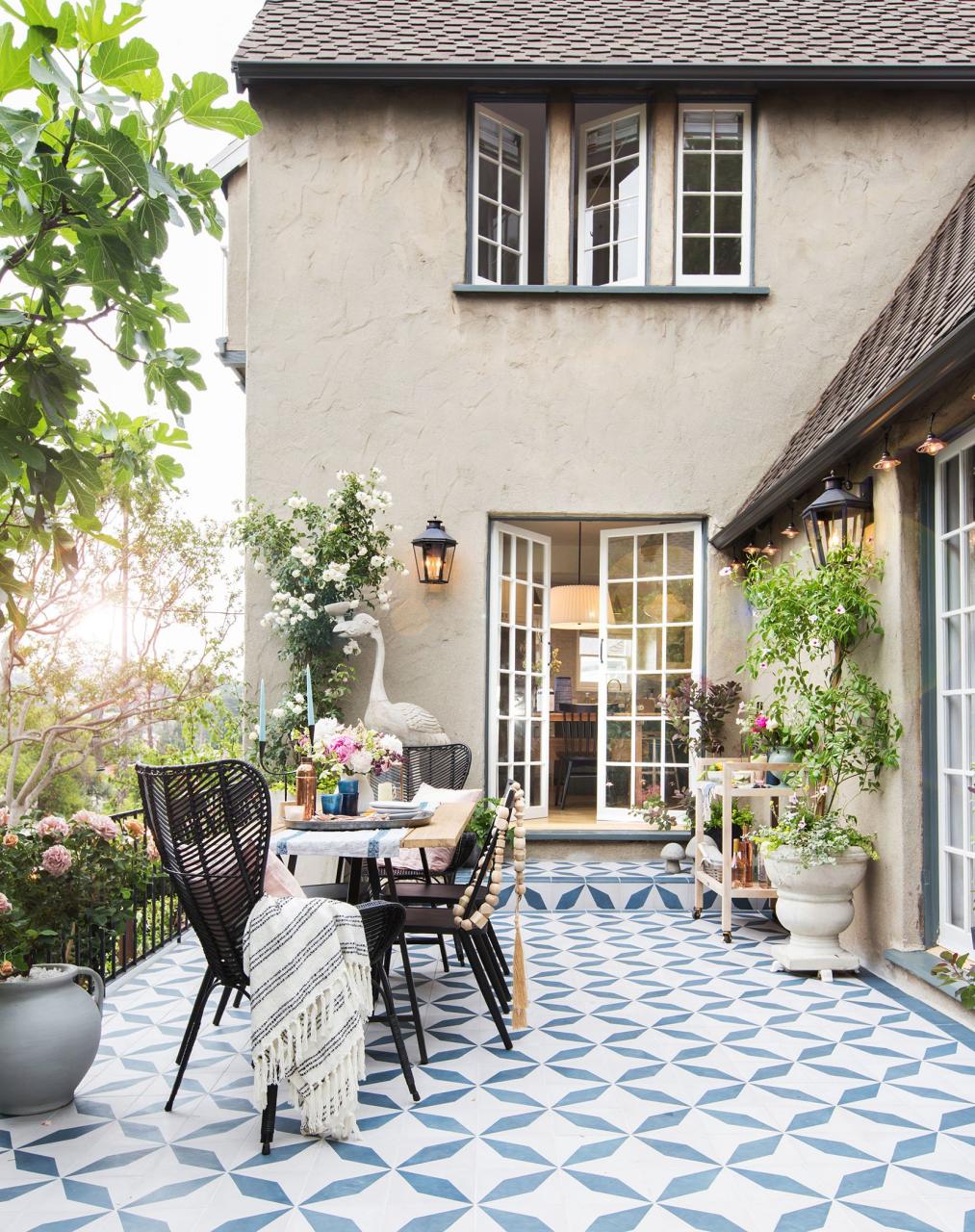
All of this is good, and I’ve grown accustomed to the stress (this is “challenge-stress,” not bad stress). It doesn’t stop me from getting frustrated when I take too long to decide or when I commit a minor mistake. It’s okay! By framing the situation like other artists, I get more breaks. A band is releasing their debut album. An editor and writer are obsessing about every word of a first book. Or a chef is producing a sequel to their best-selling cookbook. Obsessing about the details of our creative careers is great. Obsessing is not the same as passion, even though it’s often overused. Passion is about tuning in to every detail.
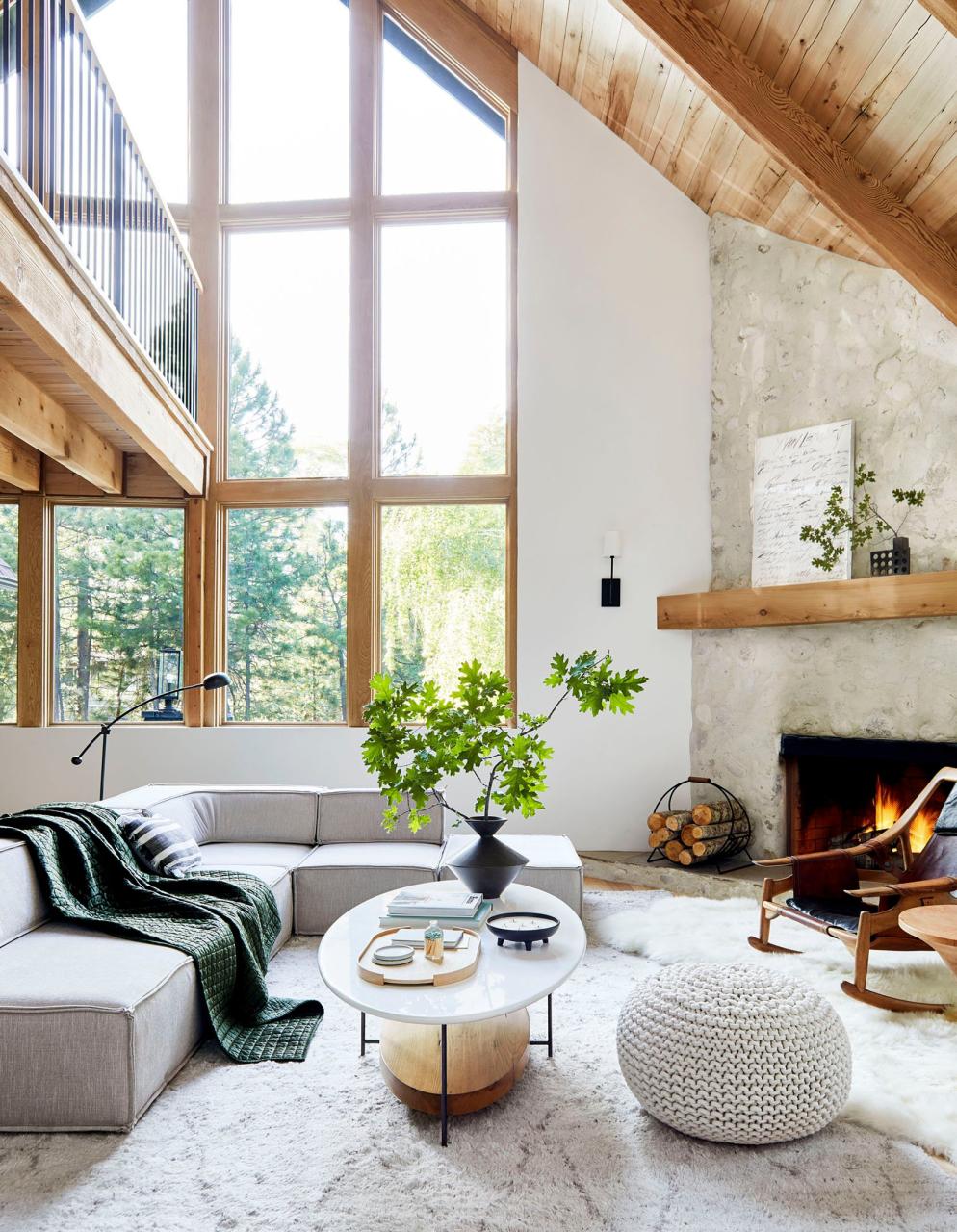
I have so much sympathy for everyone who is trying to put together their own home. People may think I’d judge other people’s homes if they came over. But I’m not like that. I’m just a person who knows how much work it takes to put together a house. It’s almost impossible to complete this task quickly if you have kids, a full-time job and a limited budget. No, I don’t judge. In fact, sometimes it’s nice to just be with friends in a house where design isn’t the main focus. We can just relax.
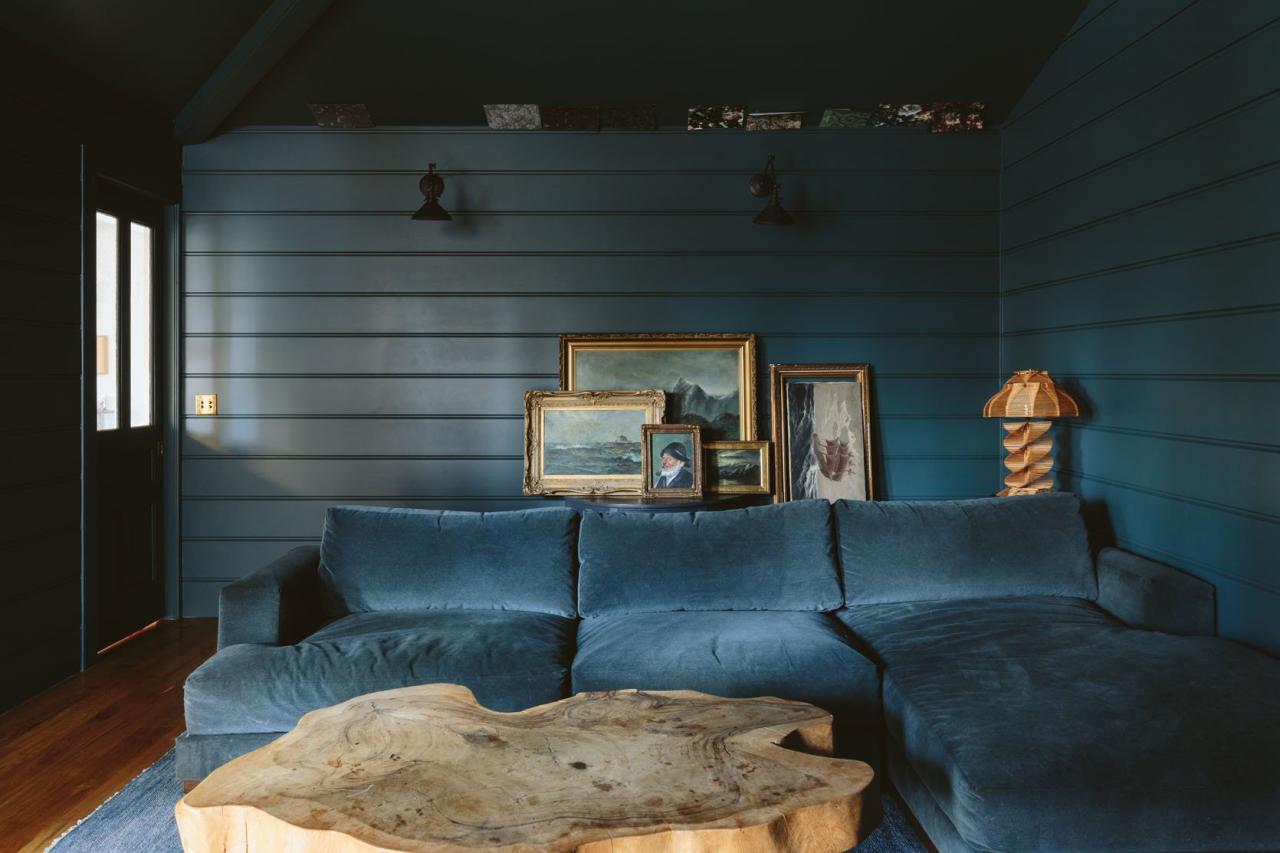 0421
0421
If you’re a designer or content creator or both (or either), I hope you can relate and that it will help you to feel better about the times you feel indecisive or like you may be losing your mind. In the pursuit of creative expression, it’s okay to lose your mind. It’s a part of the job. This “obsessing”, I think, has a more negative connotation because this is a world dominated by women. Do accountants obsess over the accuracy of the numbers in the spreadsheet? Yes! Do lawyers obsess about the transcripts from a deposition or trial? Yes. If it’s in the domestic sector, then there’s this perception from outside that I am just a nut and that I need to be brought down to Earth, that it isn’t “that big a deal”. From now on, I will refer to my “obsession”, more so as “passion”. (It’s difficult for me to say that word.) And yes, as designers/content producers, we are passionate about each design decision made in our homes. I love watching other designers rethink their home details and make changes when they don’t work. All of this is good and part of our creative careers that we’re lucky to pursue every day.4217
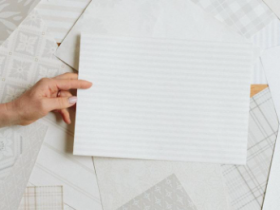
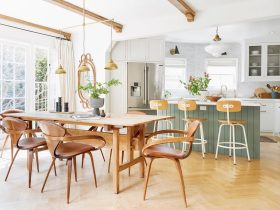
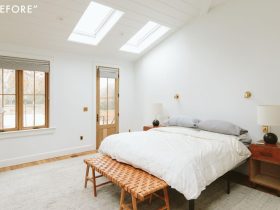
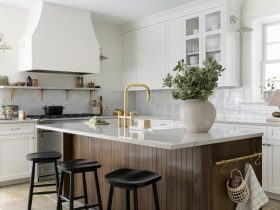

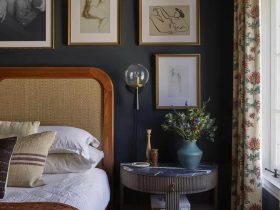
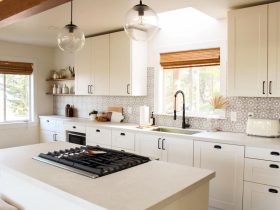
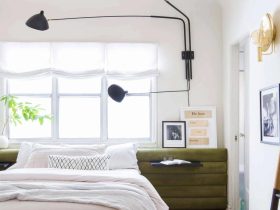
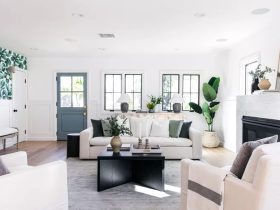
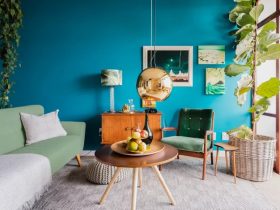
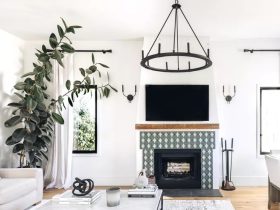
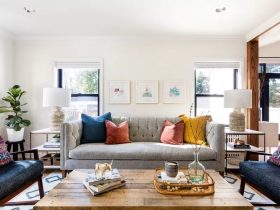
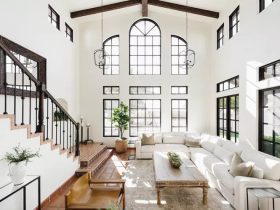
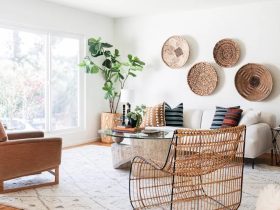
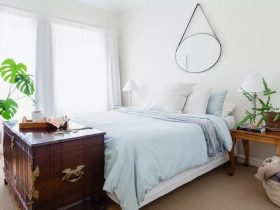
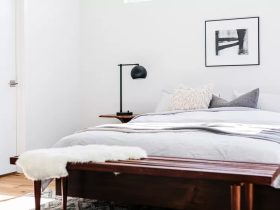
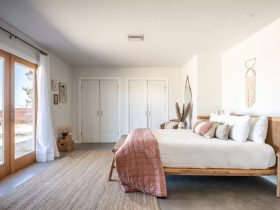
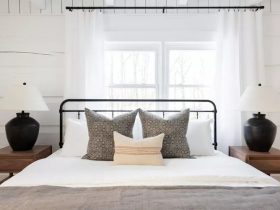
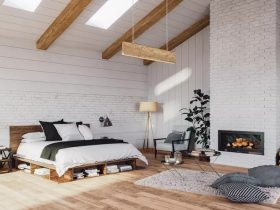
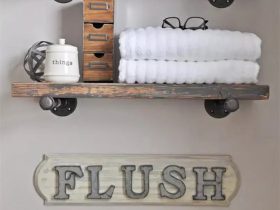
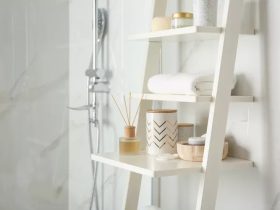
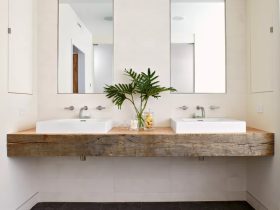

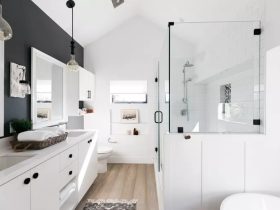

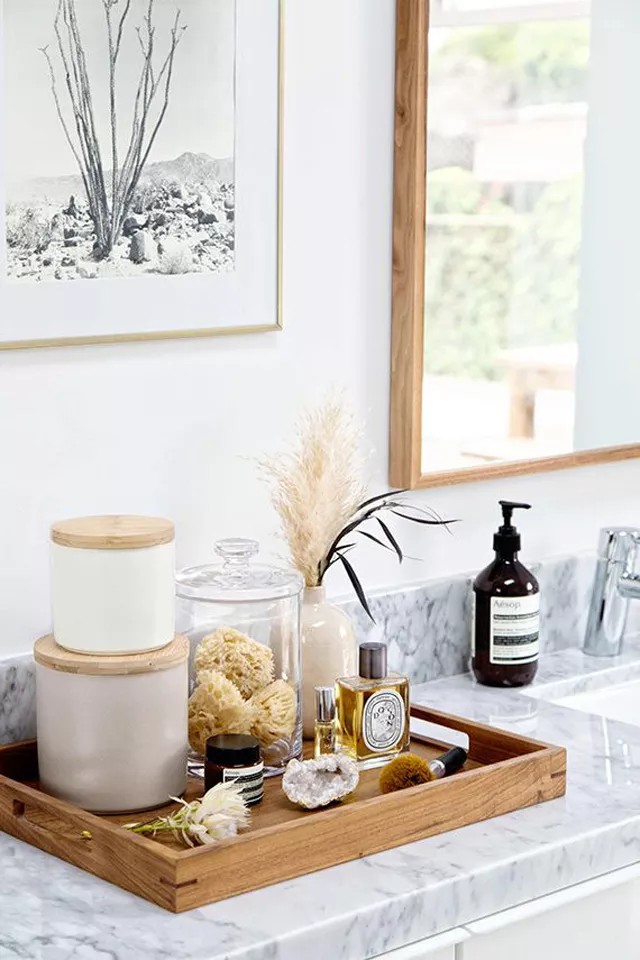
Leave a Reply